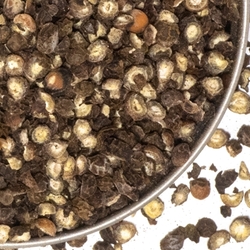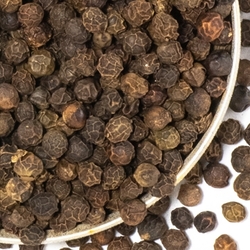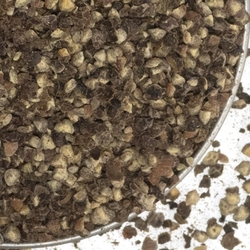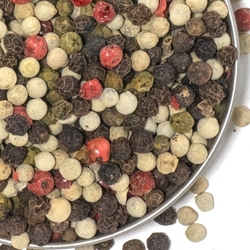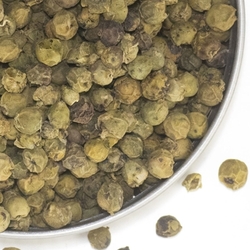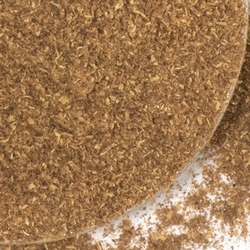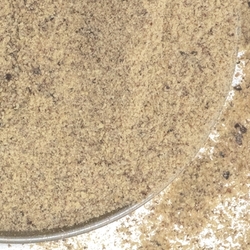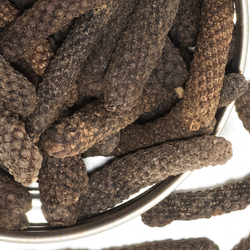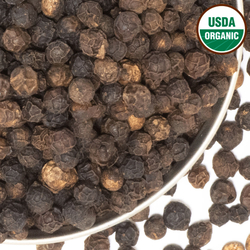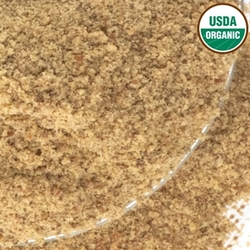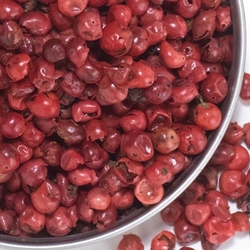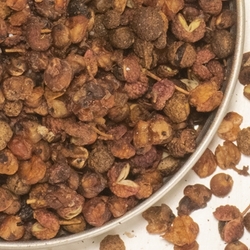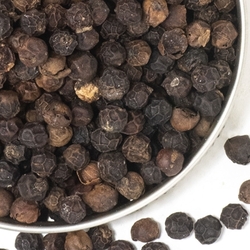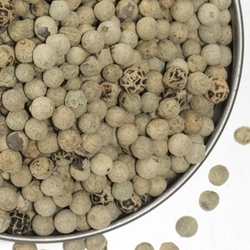Pepper
Black pepper, Piper nigrum, is the undisputed King of Spices and has changed the course of history. Christopher Columbus sailed the ocean in search of black pepper, and even though he went in the wrong direction and never found black pepper, he bumped into the Americas (and chile peppers) along the way. Wars have been fought over pepper, fortunes have been made, and when the Visigoths sacked ancient Rome, among the ransom demands was 3,000 pounds of black pepper. The ransom was paid in full. Pepper is the best-selling spice in the world, and with salt is a ubiquitous fixture on tablescapes across America and the globe.
Spicy and savory black pepper, with elements of rich pine and fruity citrus, is actually the sun-dried berry that fruits on a climbing vine that’s indigenous to India. Most varieties of pepper—black, green, white, and the specialty black peppercorns—are all from the same fruit. They’re treated differently, allowed to ripen longer, picked while very young, or soaked to slough off the hull; each process results in a form of pepper with its own nuance and flavor profile.
Because of pepper’s massive appeal, some spices are also called “pepper” even though they bear no relation to the Piper nigrum plant. The aforementioned chile peppers were named for their flavor and heat. Spices like Sichuan Peppercorns or Pink Peppercorns are small and round and deliver a comparably complex flavor to a dish. You can find them here, ground into powders or left whole. However you prefer your pepper, it’s hard to go wrong with this timeless spice.

